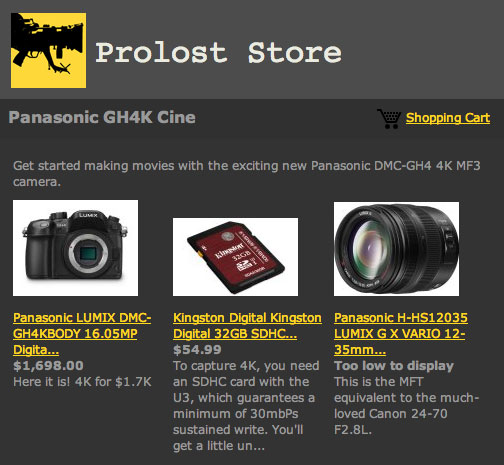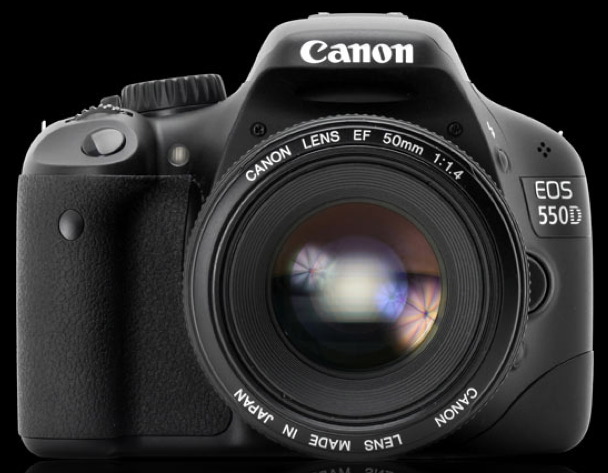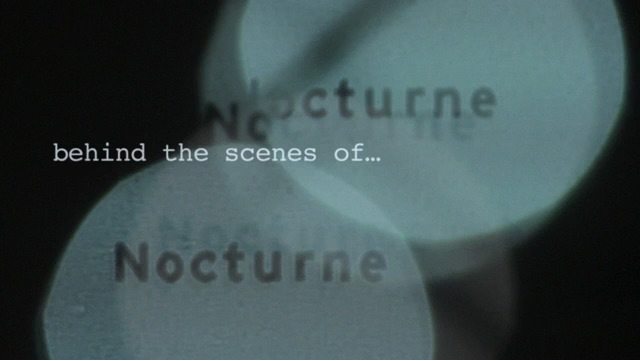The Revenge of No More Excuses
 Monday, February 8, 2010 at 11:25AM
Monday, February 8, 2010 at 11:25AM Canon today announced the Rebel T2i, AKA the 550D. It’s an 18 megapixel entry-level DSLR for $800. It features all of the video modes of the Canon 7D and 1D Mark IV: 29.97, 23.976, and 25 fps at 1080p, along with 50 and 60 fps at 720p.
I haven’t seen any samples of the video yet, although I’m sure we’ll soon be buried by them. [UPDATE: Did I say soon? Here you go (also embedded below)—thanks Jay]
I’m sure we’ll also be treated to many loving comparisons of how image quality, noise, compression, etc., stand up to Canon’s other offerings.
I would not expect the Rebel to represent any progress on the HDSLR shortcomings of rolling shutter and aliasing/moiré.
Two years ago I called the Canon HV20 the no-more-excuses DV Rebel camera. It was an HD camcorder the size of a soda can that recorded 24p with limited manual control, for under $1,000. Filmmaker Ayz Waraich made a beautiful short film with it called White Red Panic.
Folks can spend a lot of energy writing about cameras and filmmaking, about how this or that forthcoming tool will be a “game changer” or revolutionize the blah blah blah. Ayz’s film reminded us (and I include myself in that “us”) that filmmaking beats bellyaching every time.
Then along came the HDSLRs, and speaking only for myself, I thought there was some important stuff to bellyache about. Some potential that could be realized if only a few niggling details were addressed. The year that followed the introduction of the 5D Mark II was equal parts frustration and reward, as Canon and others took pot-shots at the target, always missing, but sometimes in ways that produced useable cameras.
I marked the Canon 7D as the real arrival of HDSLR cinema. The price, the frame rates, and sensor size all made great sense, and video finally earned it’s own button, more or less. There are still big problems with it of course, but they can be worked around. I’d hate to be working around them with a paying client over my shoulder, but for my personal work, I don’t mind. And if I get really stuck, I do have an actual video camera lying around here somewhere.
It seemed to me that no sooner had the HV20 come out that it was rendered obsolete by subsequent models, and its priced dropped from affordable to ridiculous. We went from “no more excuses” to “seriously, what more do you want” in a matter of months.
With the Rebel, HDSLRs just hit that point. If you have any interest in what they can do, there’s now a camera that you can buy for less than the cost of a decent tripod.
In fact, depending on how it performs, the Rebel may just be the new sweet spot. In the same way that the 1D Mark IV’s $5,000 price tag accounts for a bunch of pro stills features that don’t net much for the filmmaker, the shortcomings that put the Rebel at half the 7D’s price are most likely all in the stills department as well. If video is your primry interest in a DSLR, the Rebel could well represent the most bang for the buck.
Although the MSRP for the body is $799, Amazon seems to want to cash in on early enthusiasm for this rig—their pre-order price is currently listed at $899.
UPDATE: Less than six hours later, Amazon has amended the pre-order price to $799.
I’ve created a Rebel Starter Kit page on the ProLost store for those looking to take the plunge on the cheap.













